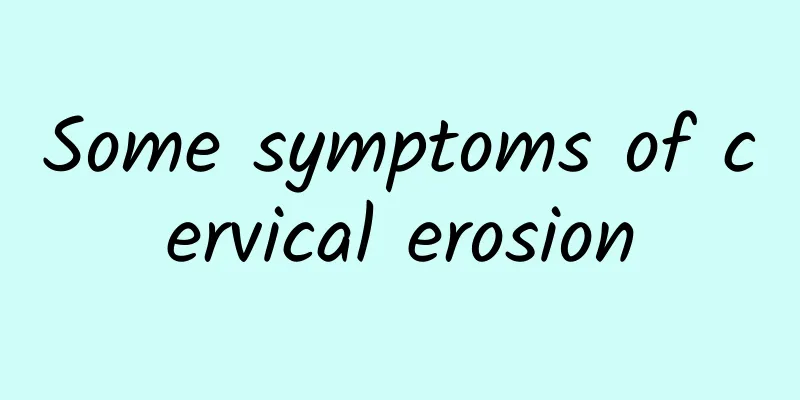Is it serious to have kidney cysts?

|
The kidneys are an important part of our body, and we must protect them in our daily lives. Although the kidneys will age as we age, especially in life, many people have irregular diets and schedules, which often cause certain damage to the kidneys. Kidney cysts are a relatively common kidney disease. The diseased kidney can be unilateral or bilateral. When the kidneys are affected by this disease, it will have some impact on the patient's physical health. Symptoms of kidney cysts Simple renal cysts generally have no symptoms, but corresponding symptoms may occur when the cyst compression causes vascular occlusion or urinary tract obstruction. This disease is often discovered during urinary tract imaging examinations due to other diseases. In recent years, more and more health examinations have included abdominal B-type ultrasound examinations, and the detection rate of simple renal cysts has increased. It was originally believed that simple cysts did not affect renal function. However, image analysis of renal CT examinations showed that after correction for age, gender, primary kidney disease, etc., patients with renal cysts had higher blood creatinine levels than those without renal cysts, and the more cysts there were, the higher the blood creatinine level. This result suggests that simple renal cysts may affect renal function. Simple renal cyst is not a congenital or hereditary kidney disease, but an acquired one. It is generally believed that simple renal cysts originate from renal tubular diverticula. As age increases, the number of renal tubular diverticula increases. By the age of 90, the number of diverticula in each collecting duct may reach three, thus explaining the increasing trend of the incidence of simple renal cysts with age. The cysts may be unilateral or bilateral and may be one or more. It is usually located in the deep layer of the cortex or medulla, with a diameter of about 2 cm, but there are also cysts with a diameter of up to 10 cm. Microscopically, the cyst wall is covered by a simple layer of squamous epithelium. The cyst contents are similar to plasma filtrate, and the cyst fluid turnover rate is as high as 20 times a day. Treatment Since simple renal cysts are mostly asymptomatic and have little effect on renal function and surrounding tissues, they do not require treatment and only require follow-up for 6 months to 1 year. If the cyst is large in diameter, exceeding 5 cm, or produces symptoms of compression of surrounding tissues, causing urinary tract obstruction, cyst fluid aspiration and intracystic injection of sclerosing agent are required. If the cyst is large, with a diameter greater than 10 cm, surgery may be required. |
<<: What does gastrointestinal stagnation mean?
Recommend
What to do if you have pelvic effusion during pregnancy? What is the treatment method for pelvic effusion?
Pelvic effusion is a relatively common disease. M...
What to do if there is something rubbing against your upper eyelid?
In daily life, if you feel a foreign body on your...
Why can't men urinate completely?
Urinary incompleteness means that you always have...
The efficacy and function of Pan Gaoshou Guilinggao
It is said that grass jelly was introduced into f...
Symptoms of Eye Strain
With the ever-accelerating pace of life and the r...
Symptoms of acidic body
With the development of society, people's liv...
Can a nine month old baby stand?
At nine months, the baby's skeleton is not fu...
How many times is it best to boil a Chinese medicine?
With the continuous development of science, the d...
Functions of the Foot Shaoyin Kidney Meridian
The Foot Shaoyin Kidney Meridian is one of the ma...
How effective is Yishen Shiqiwei Pill in treating kidney deficiency?
Nowadays, many men suffer from kidney deficiency....
What are the effects and functions of Cyperus rotundus?
In fact, we can all learn more about the effects ...
Is TCM effective in treating diabetes insipidus? Can it be cured?
The main symptoms of diabetes insipidus are polyu...
What to do if athlete's foot is severe in autumn
Athlete's foot occurs frequently in autumn an...
What to do if you suffer from insomnia, chest tightness and panic? Find out the “truth” about insomnia and chest tightness!
Cardiovascular and cerebrovascular diseases are m...
Viper Papaya Pill
Viper Papaya Pill is a less commonly used medicin...









